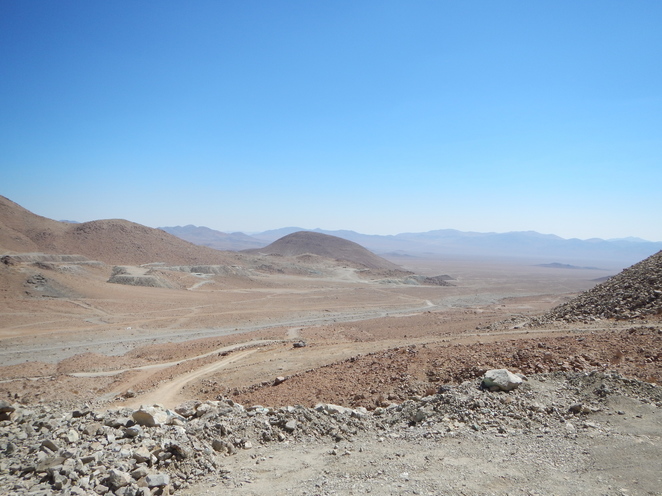Chile's Mining Future: Embracing Innovation
- Chile | 10 September 2017

Chile has found a silver lining amidst the downturn in copper prices by becoming a global hub for technological innovation and engineering expertise. As mining companies strive to reduce costs while maintaining production levels, engineers in Chile have been at the forefront of developing efficiencies and creative solutions. Renowned for their skills and reputation, Chilean mining engineers are considered on par with their counterparts in Canada and Australia, earning recognition worldwide.
The convergence of Chile’s mining expertise and the industry’s pursuit of efficiency has given rise to a perfect storm of innovation. Among the various advancements, autonomous mining stands out as an exciting development due to its positive impact on finances, the environment, and safety. Automation brings stability to operations, reducing variability and saving millions of dollars. Moreover, it significantly minimizes the risk of on-site injuries to workers.
CODELCO’s Gabriela Mistral mine represents Chile’s most advanced venture in autonomous mining. While mining companies generally embrace the idea of automated operations, labor unions harbor more skepticism. While it’s true that autonomous mining may replace human workers with machines, it doesn’t necessarily mean fewer job opportunities in the industry. On the contrary, many experts believe that new technology will generate fresh employment prospects. Pedro Damjanic, senior vice president of mining at Finning Chile, highlights the potential for opening new mines that were previously deemed financially unviable.
However, the transition to autonomous mining may leave some workers unqualified for the new roles it creates. Placing individuals in control console positions, overseeing operations and optimizing production, requires a different skill set than what they possess. Felipe Cabrera underscores this challenge, noting that while removing people from risky positions is desirable, it necessitates providing them with the necessary skills for alternative roles.
Autonomous mining also tackles the costly issue of accommodating thousands of workers on a mine site simultaneously, as it impacts both housing expenses and employee morale. Remote operations have gained prominence as a technological focal point, enabling employees to work from control centers at company headquarters instead of being physically present at the mine. ABB, for instance, has already developed this technology, monitoring operations remotely from clients’ mine sites. Jorge Abraham, ABB’s industry lead for mining, anticipates remote work on mines to be the next major demand trend.
Data utilization has also witnessed significant growth in the mining industry. Each rock and machine part in a mine generates a vast amount of data, offering insights and potential improvements. Some equipment companies have leveraged Big Data analytics to develop predictive capabilities that minimize operational downtime, which can cost mining companies substantial amounts for every hour a machine is out of operation. Proper maintenance is crucial, as replacing or repairing parts at the wrong time can be costly, leading to production downtime that affects multiple aspects of the value chain.
Water scarcity emerges as one of the most pressing challenges in Chile’s mining industry. While Chile has abundant access to water along its coast, transporting water to high-altitude mines proves energy-intensive and costly. Underground water sources are also depleting, requiring more energy for extraction. Consequently, producers and service providers are devising new water recycling strategies. Companies like Kinross have implemented measures to optimize water usage, recycling a high percentage of water, improving piping systems, and reducing evaporation rates, particularly in high-altitude mining operations.
Amidst the intermittent warning signals in the mining industry over recent years, mining companies have been compelled to consider the future. Whether driven by cost-cutting initiatives or environmental concerns, Chile and its talented pool of engineers are well-equipped to lead the charge towards more efficient mining practices as commodity markets prepare for a rebound. While producers brace for the next mining boom, suppliers are positioning themselves to meet the corresponding demand by implementing cost-cutting measures and adapting to new market conditions, as Felipe Azócar, general manager of Tetra Tech Metálica, explains.
In conclusion, Chile’s mining industry has seized the opportunity to drive technological innovation and efficiency amidst challenging market conditions. The country’s skilled engineers and their reputation have placed Chile at the forefront of mining advancements. The adoption of autonomous mining, data analytics, remote operations, and water recycling techniques demonstrates the commitment of mining companies to optimize operations, reduce costs, and minimize environmental impact. As the mining sector looks ahead, Chile is poised to play a pivotal role in shaping the future of global mining practices.








